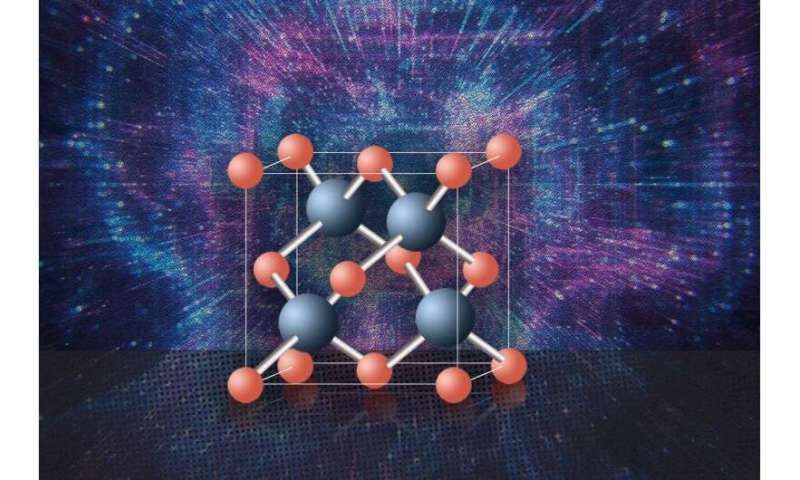Best of Last Week—New phase of matter, a replacement for silicon, a better vaccine for omicron subvariants

It was a good week for physics as a team with members affiliated with several institutions in the U.S. created a strange new phase of matter in a quantum computer that acted like it had two dimensions. And an international team of physicists found that when an atom's nucleus becomes overfilled with neutrons, it can impose a more stable state by spitting out a proton.
In technology news, a team with members from MIT, the University of Houston, the University of Texas and Boston College, found a possible replacement for silicon in electronic devices. Called cubic boron arsenide, it was better able to conduct heat and was more accommodating to "holes." Also, an international team developed an all-in-one, solar-powered tower that was able to make carbon-neutral jet fuel. They demonstrated the thermochemical process chain from CO2 and water to kerosene in their single-tower configuration. And a team with members from several institutions in the U.S. and Italy reported a possible step toward cheaper hydrogen-based energy—a method for predicting platinum alloy's potency and stability. Also, a team at the Max Planck Institute for Intelligent Systems designed and built a robot dog that could learn to walk in just one hour.
In other news, a team at the University of California's San Diego School of Medicine discovered a set of gene mutations in humans that protects against cognitive decline in older people. Further research suggested that they were caused by selective pressure from infectious pathogens like gonorrhea. And a team at Institut Pasteur found evidence that SARS-CoV-2 is able to enter the brains of infected people by using nose cells to create nanotube tunnels. Also, a large team of researchers from Canada, the U.S., and Russia found evidence showing that early Siberian dogs relied on the seafood diets of humans—and they also found that as early as 7,400 years ago, the dogs had evolved to rely on human assistance for survival. And finally, a team at Yale University developed a novel omicron-specific mRNA vaccine that offers superior protection against the BA.1 and BA.2.12.1 subvariants.
© 2022 Science X Network